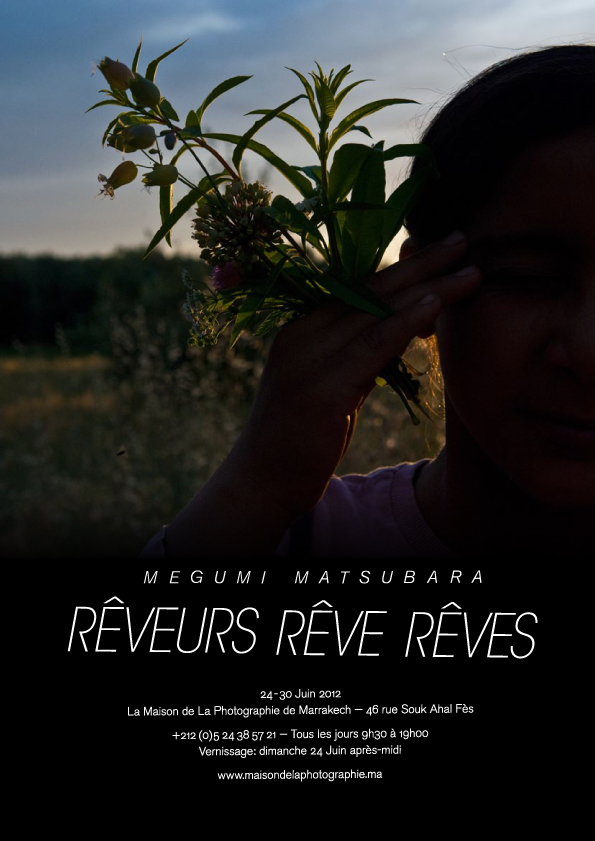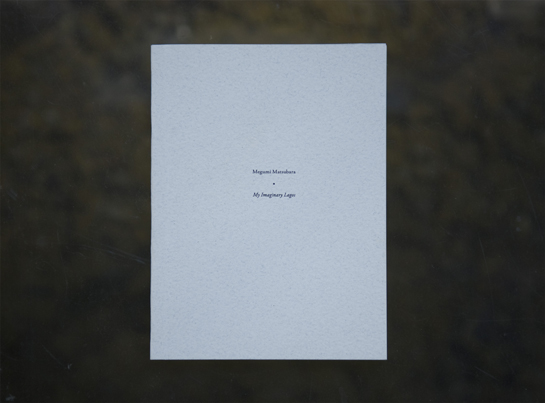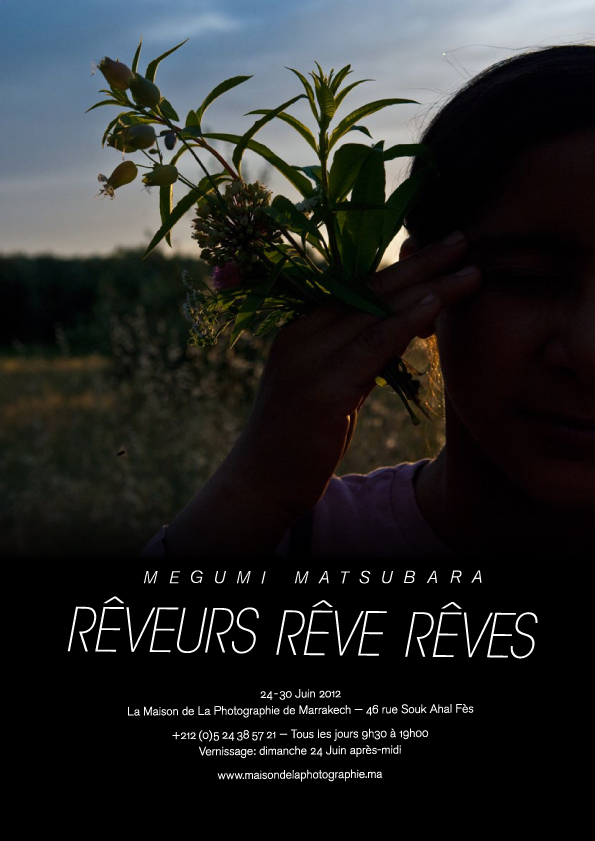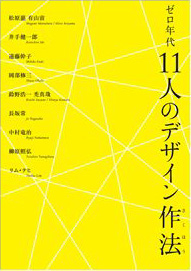
RÊVEURS RÊVE RÊVES
– Avez-vous rêvé la nuit dernière ?
Telle est la question que j’ai posée à sept enfants marocains non-voyants.
Dans un premier temps, ils m’ont rejeté. En reposant la même question, une autre fois, j’avais reçu la clé pour entrer dans leurs mondes secrets.
Ils étudient l’anglais et l’informatique. Je les ai rejoins dans les classes pour les connaitre. Tandis qu’on se parlait, nos yeux ne se sont jamais rencontrés. Nous nous sommes constamment touchés pour confirmer notre présence mutuelle.
Pendant mes premières années a l’école, on avait une phrase dans un livre scolaire en Anglais: « je te touche, tu me touches. » Les enfants riaient aux éclats quand ils lisaient ce texte. Au Japon, on n’a pas cette culture de se toucher le corps les uns les autres. cette phrase n’avait aucune importance pour nous, aucune utilite.
Mais alors qu’est-ce qui vous dit quelque chose est physiquement en face de vous? Tout en parlant à eux, je n’ai jamais déplacé mes yeux de leurs visages. Mais mes yeux commencent à voir à travers leur présence physique. Qu’est-ce que je vois au-delà des choses qui sont en face de mes yeux?
A Marrakech, il ya une croyance transmise de génération en génération que sept gardiens ont été protégeant la ville. Dans les deux cas, l’islam et le christianisme, il ya une histoire de sept dormants d’Éphèse qui se sont endormis dans une caverne pour plus de 300 ans. Lorsqu’ils se réveillèrent, ils ont commencé à raconter leurs rêves. Leurs histoires ont été traitées comme une prédiction de l’avenir, voici le paradoxe ironique de la nostalgie des souvenirs cachés.
Les rêves n’existent que dans la mémoire. Ainsi, ils n’appartiennent qu’à vous-mêmes. Mais, lorsque nous commençons à les partager, par le biais de l’histoire ou du conte, ils commencent à prendre forme dans la mémoire des autres.
Je connais le rêve de quelqu’un parce que je le lui ai demandé.
« Je n’ai, de ma vie, jamais entrevu les couleurs », me dit une enfant non-voyante. Elle m’expliqua cependant les couleurs de la maison qu’elle construisait dans ses rêves. Je lui demandai « Comment peux-tu parler de ses couleurs ? » Elle répondit, « Parce que ce fut moi qui demandait aux gens de la peindre avec ces couleurs. »
« Mes rêves sont mes espoirs », me dit l’un des enfants. Elle n’avait pu jamais au travers ses yeux. Elle sourit et dit: « Je n’ai pas rêvé la nuit parce que mes rêves sont mes vœux. »
D’où vient cette volonté de rêver ?
Un garçon me dit « Je serai fou si je me rappelais de tous mes rêves ! », et il rajouta: « Normalement, j’ai peur quand je rêve. »
Avec la première fille à qui j’ai parlé, je fus très nerveuse. Elle pouvait voir un tout petit peu, et portait des lunettes de soleil. Je pouvais distinguer ses grands beaux yeux au travers de ses sombres lunettes. J’avais emporté un enregistreur et une caméra avec moi, et l’avait prévenu que de la présence de ce matériel à ses côtés. Elle me dit que cela ne la dérangeait pas. J’enregistrais notre conversation. Plus tard, lorsque nous nous rencontrâmes encore, elle me dit que son rêve était devenu un secret. Elle m’en dit la raison et je lui promis de le sceller à jamais dans ma mémoire.
Elle m’a questionné: « Pourquoi demandez-vous concernant les rêves des personnes non-voyants? Que pensez-vous quand ils vous disent? » Je ne pouvais pas répondre immédiatement à cette question. J’étais curieuse de savoir comment nous allions essayer de communiquer dans un territoire où aucun d’entre nous n’a un contrôle visuel. J’ai gardé la visite, en observant, en échangeant des conversations, en attendant le moment où, soudain, les choses commencent à se déployer.
Mais plus j’ai appris à connaître leurs rêves, plus je réalisais la cruauté de ma question. Parfois, ils sont allés en profondeur de leur mémoire me dire quelque chose, tandis que d’autres fois, ils ont essayé d’imaginer leurs propres rêves. Le monde auquel j’ai été invitée était un espace spécial. Dans le monde des rêves partagés entre nous, il n’y avait pas de ligne que je pouvais dessiner entre leurs regards et le mien, mais seulement leurs rêves et ce que j’ai imaginé à partir de leurs histoires.
Pour répondre à la question, je devais me projeter dans les rêves de ces enfants comme si j’imaginais ce que je voyais moi-même. Mes rêves ont commencé à avoir une impression interconnectée avec les leurs. C’est un territoire où mémoire et futur se croisent.
Ce que je ressens est le suivant: Rêveurs Rêve Rêves, comme une intervention architecturale pour la Maison de La Photographie de Marrakech.
MEGUMI MATSUBARA
–
RÊVEURS RÊVE RÊVES est le travail de Megumi Matsubara, artiste japonaise, qui organise cette exposition: sept jours d’interventions à la Maison de la Photographie de Marrakech. Le projet est fortement appuyé par les organisations et les particuliers énoncés ci-dessous. Le travail a été produit avec le soutien de La Fondation Dar Al-Ma’mûn.
L’exposition se compose d’une série de interventions architecturales, une proposition d’étudier Braille et autres langues a travers un livre, une présentation d’un livre d’artiste, limitée à 500 copies et numérotées et 7 types de cartes postales originales du Maroc 2012 photographiée par l’artiste.
Programme:
– 15 Juin: Atelier de potterie avec des enfants aveugles, Berber Museum of Ourika
– 24 Juin: Vernissage, après-midi 13h00-16h00
– 28 Juin: Mot d’un artiste, présentation du livre 14h00-15h00
– 30 Juin: Fermeture
Avec le soutien de:
Dar Al-Ma’mûn, IDMAJ (Cooperation for the integration of the visually impaired and handicapped, Marrakech), Université Cadi Ayyad, Berber Museum of Ourika, La Maison de La Photographie, American Language Center Marrakech
Mes sinceres remerciement pour:
Salah Lahouircha, Khaoula Berry, Fatima Almzar, Khaoula Bahaqui, Safaa Ahroui, Sara Rostani, Meryem Boutmert, Brahim Tigharmin, Hamid Aitouznag, Aicha Jinoui, Younesse Oumghari, Abdelaziz Ait Mansour, Prof. Mohammed Bougroum, Hannah Barnes, Michelle Hank, Samya Abid, Ayoub Mouzaine, Béatrice De Bock, Omar Berrada, Yto Barrada, Carleen Hamon, Julien Amicel, Redha Moali, Houria Afoufou, Kenneth Brown, Elena Prentice, Abdelaziz Zerrou, Michael Thorsby, Cameron Allan McKean, Hamid Mergani, Khalid Ben Yussef, Said Aozou, Mahjoub Ilzi, Mouhsine Beddad, Mohamed Assad, Patrick Manac’h
Contact presse:
Carleen Hamon / Dar Al-Maʼmûn:
<carleen.hamon@dam-arts.org> +212 (0)6 19 69 95 78
Said Aozou / La Maison de La Photographie:
<maisondelaphotographie@gmail.com> +212 (0)5 24 38 57 21












